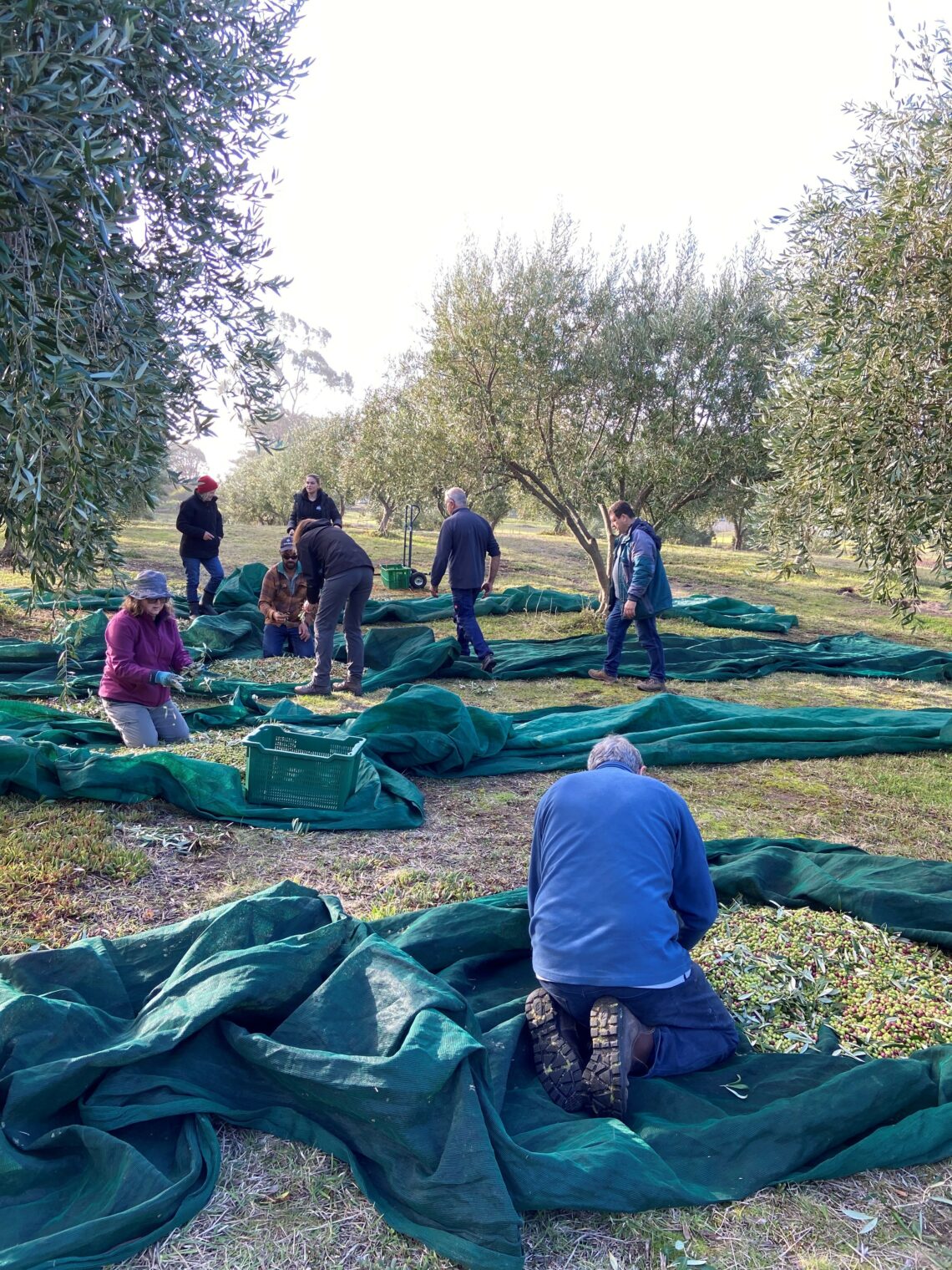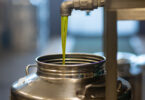Olive growing in Australia dates back to the early 19th century, with the first documented olive groves planted near Parramatta, NSW, in 1805. Since then Australia, with its idyllic Mediterranean climate, has been one of the world leaders in the production of high-quality olives and olive oils.
The Australian Olive Association (AOA), founded in 1995, represents Australian olive growers as the peak national body for the sector, helping to disseminate Australian olive production to the world.
Let’s find out more in the interview with Michael Southan, PhD, CEO of the Association.
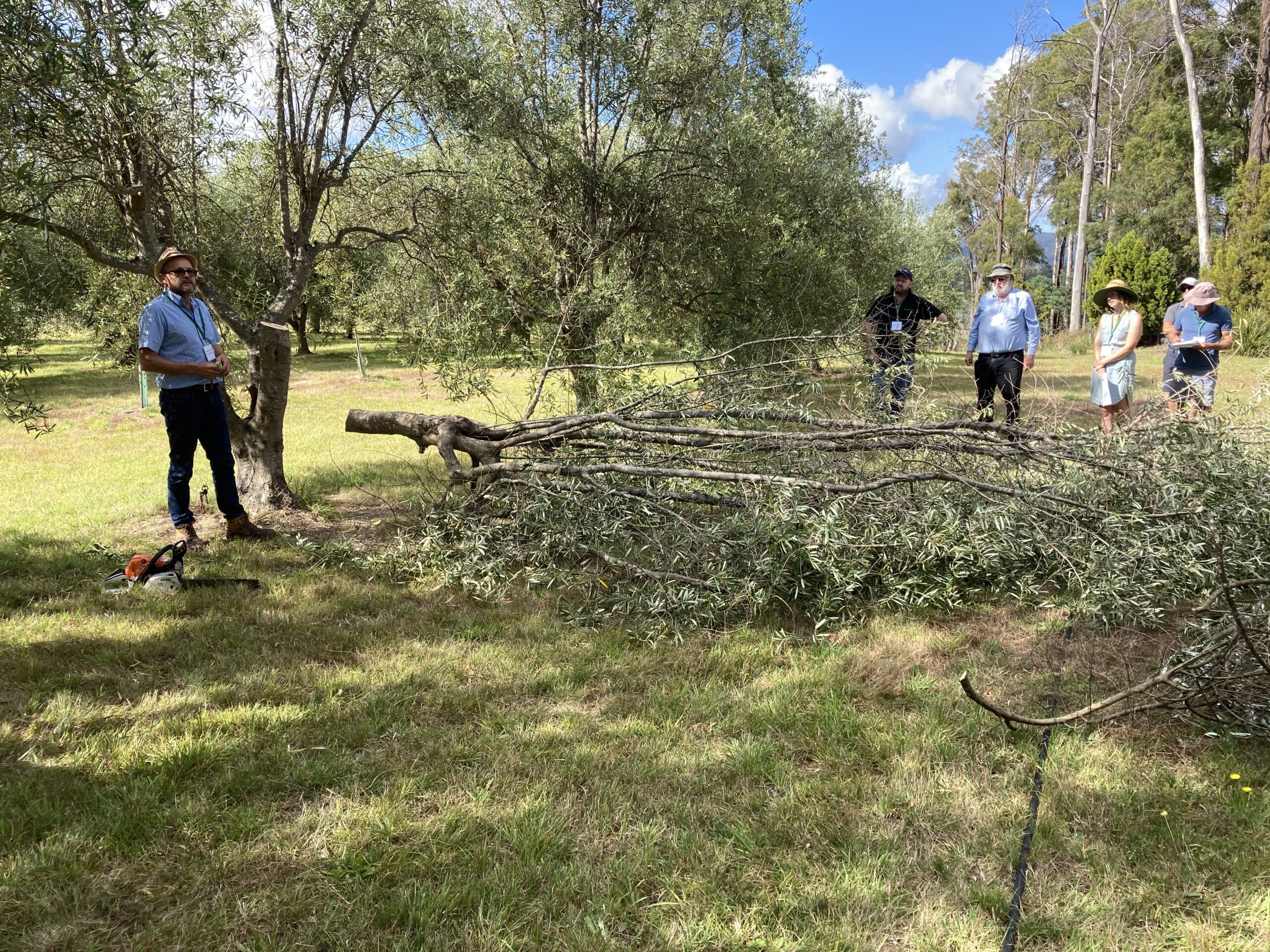
©Australian Olive Association-AOA extension program – pruning field day inter row mulching
A rich and generous land like Australia has a wine-growing history, although recent, highly respectable and which is becoming increasingly widespread in the world. Few people still know, however, that olive growing also has its own tradition with a quality production. What are the pedoclimatic characteristics that favor the cultivation of olive trees in Australia?
Australia is well known for its Mediterranean climate predominantly in the southern half of the continent with 90% of olive oil production in Australia being of Extra virgin quality. Olives are grown from the east coast across to the west coast. Therefore olives are found in WA, South Australia, Victoria, NSW and small quantities in Tasmania and QLD.
WA, South Australia, Victoria and NSW are known for having a suitable climate and good soils for olive growth. In these regions summers are typically warm and dry with winters being cool and wet.
In which areas of Australia does olive growing take root best?
The largest olive plantations are found in Vic but large olive groves are also in WA, South Australia, and NSW as well. Regions with a Mediterranean climate and access to water for irrigation are highly preferred.
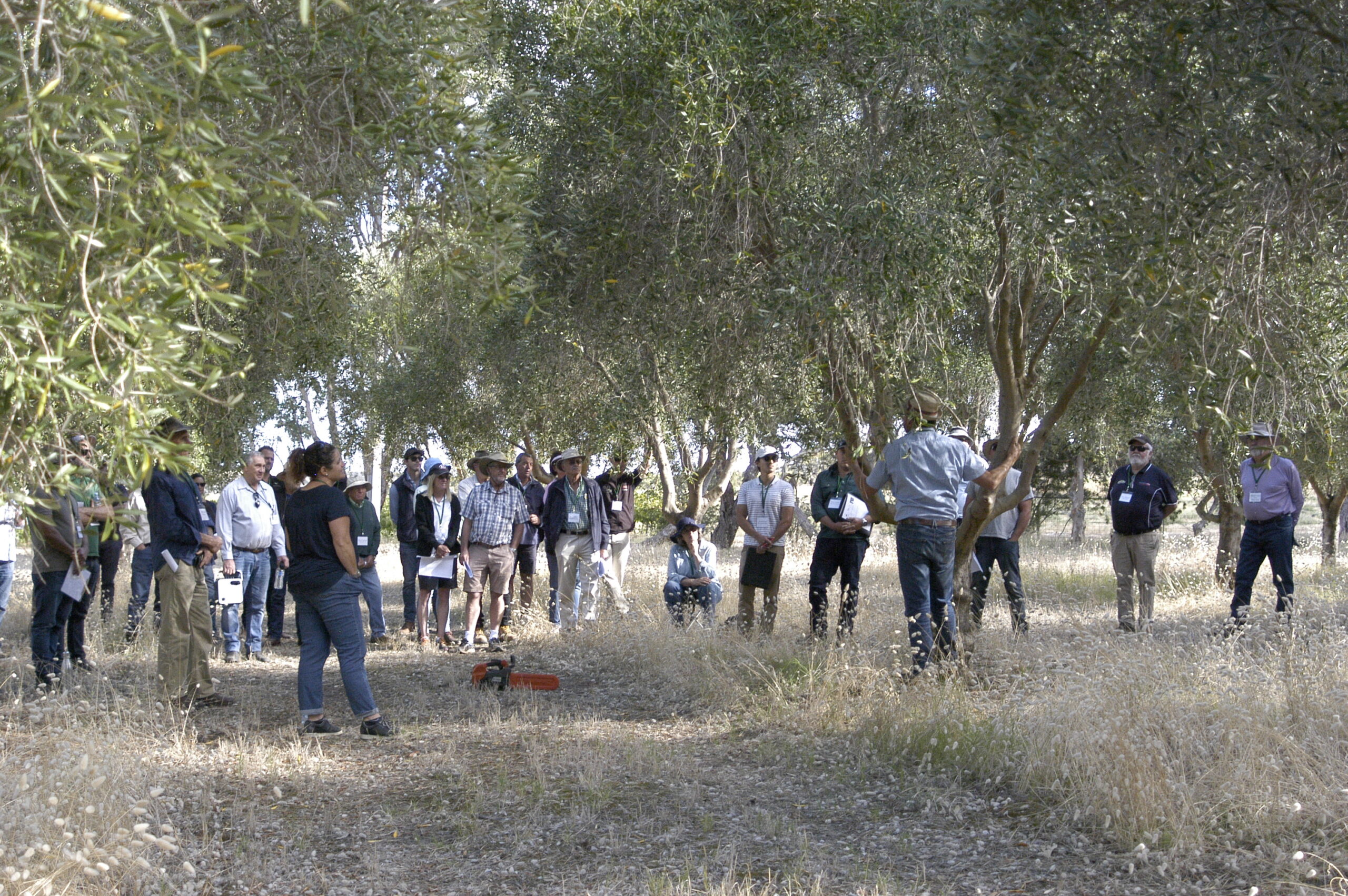
©Australian Olive Association-AOA extension program – pruning field day
How does your Association promote the culture of Extra Virgin olive oil in Australia?
The Australian Olive Association promotes the health benefits and fantastic flavour profiles of Australian Extra virgin olive oil. We do this through running the Australian International Olive Awards competition for Extra virgin olive oil, flavoured olive oil, and table olives. This competition provides Australian olive growers and processors with feedback on the quality of their oil and olives. Competition results are shared with industry and consumers in a results book which contains flavour descriptors for all the award-winning olive oils and table olives.
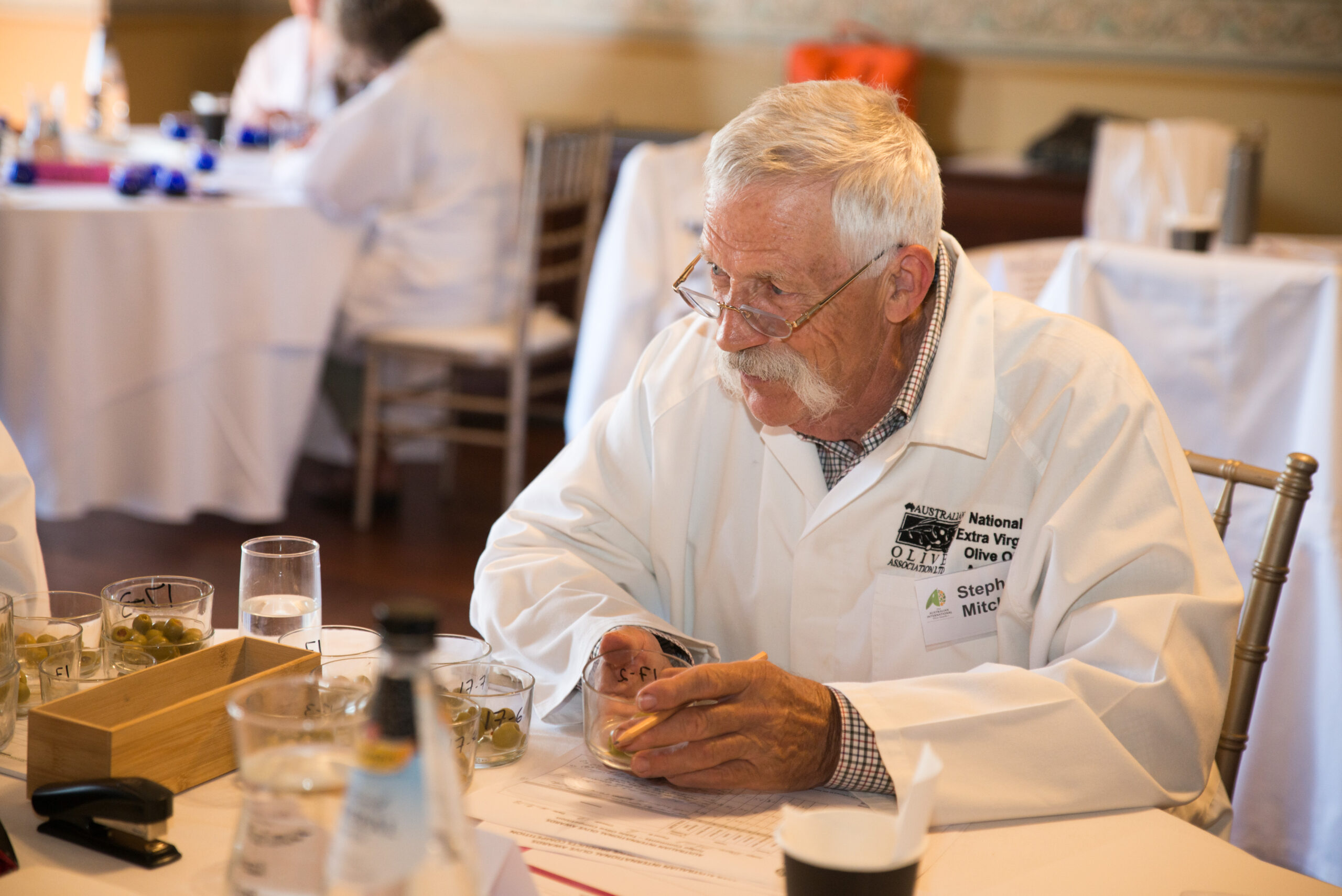
©Australian Olive Association-AIOA judging – Stephen Mitchell
The Australian industry also has an Australian standard for olive oil in conjunction with a code of practice to give consumers the highest level of confidence in the quality of the olive oil and table olives they consume. This is unique for food products in Australia to have an Australian standard defining the chemistry and organoleptic properties of extra virgin and other grades of olive oil. We encourage our producers, processors and food retailers to be certified under the OliveCare code of practice which identifies their product as meeting not only the IOC standard but the more stringent Australian standard as a minimum.
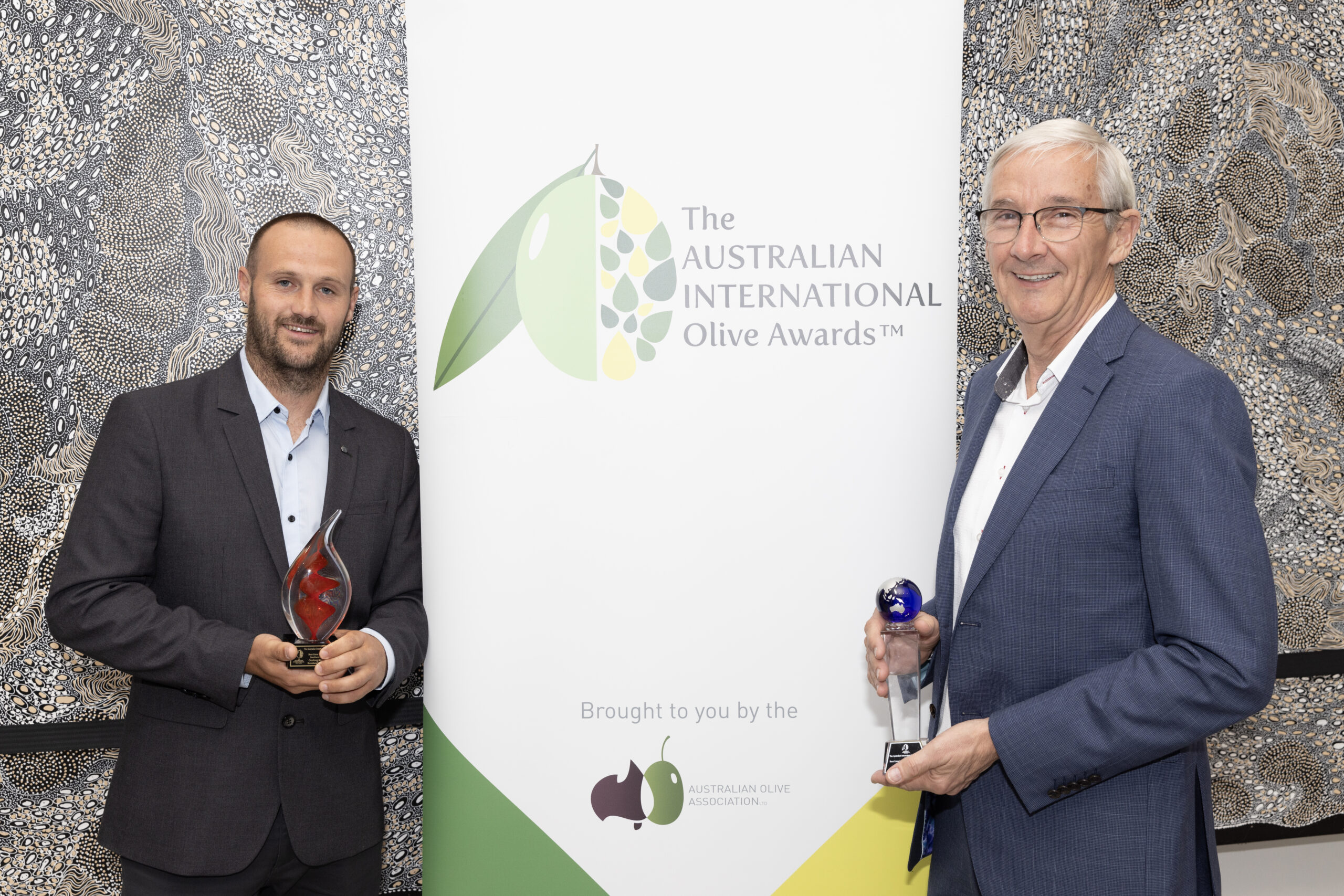
©Australian Olive Association-2023 AIOA winners – Best EVOO in Show, Commercial -Geelong Region Olives, Victoria
According to your experience, do you believe that there is widespread consumption of EVOO in Australia or is dissemination still not widespread?
Extra virgin olive oil is consumed by many Australians. Consumption is around 2 litres of extra virgin olive oil per person per year which is more than the average consumption of extra virgin olive oil in the US and Canada.
The industry believes there is still plenty of room to grow the local product because of the olive oil consumed in Australia, only about half is produced in Australia, the remainder being imported.
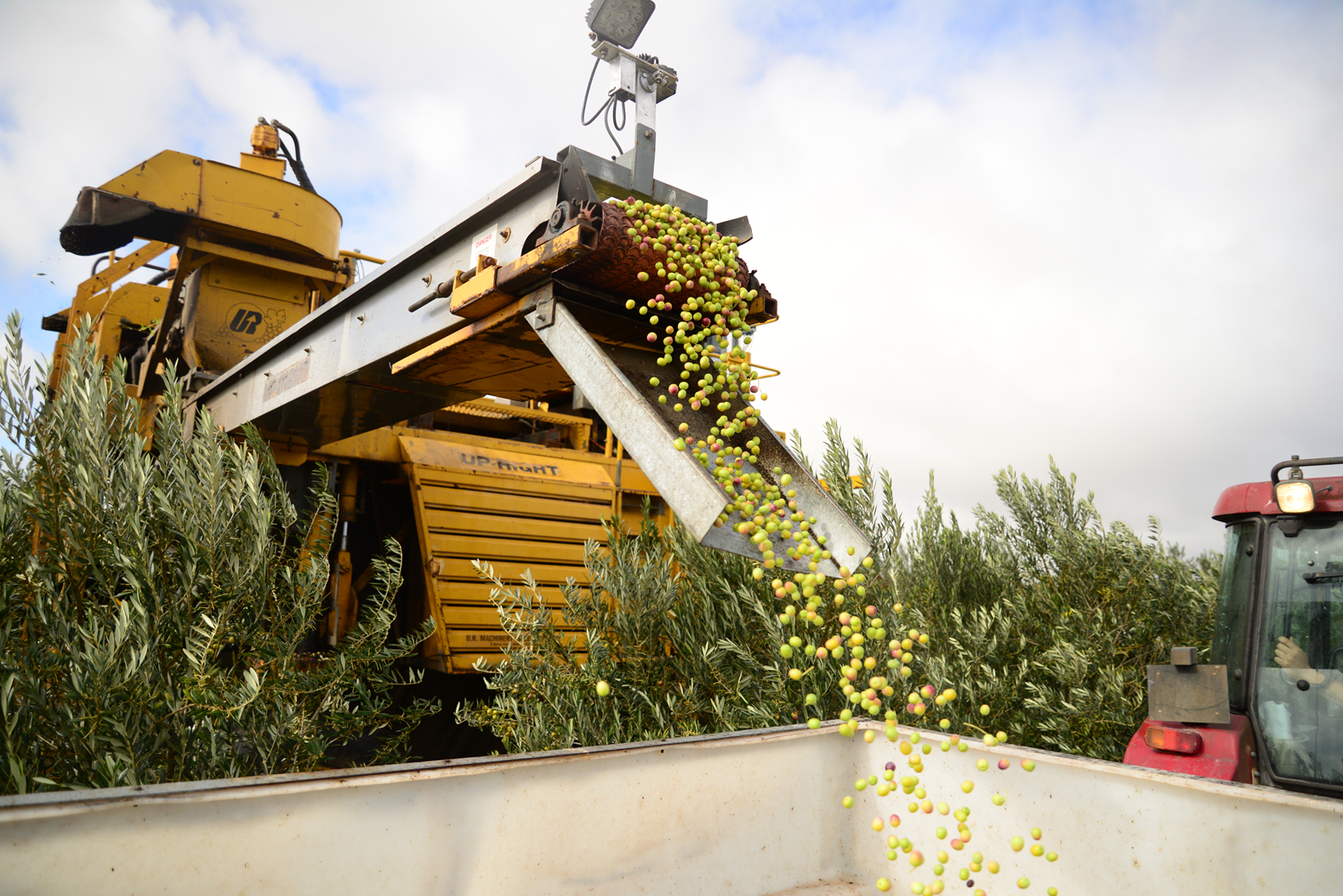
©Australian Olive Association-Harvesting, machine – Longridge Olives, South Australia
Goals for the near future?
Future goals for the industry include growth in production with more farmers identifying olive production as a good diversification to their agricultural business particularly as olive trees are net carbon sequesters.
The industry would like to see increases in production align with increased consumption of extra virgin olive oil by Australians so that the health benefits associated with extra virgin olive oil are of benefit to the population and ultimately Australia in becoming a net exporter of Extra virgin olive oil.


